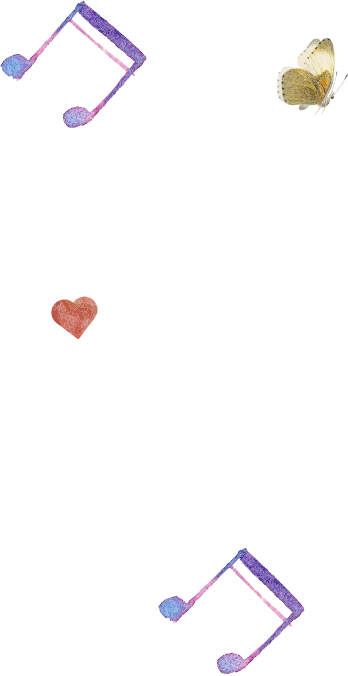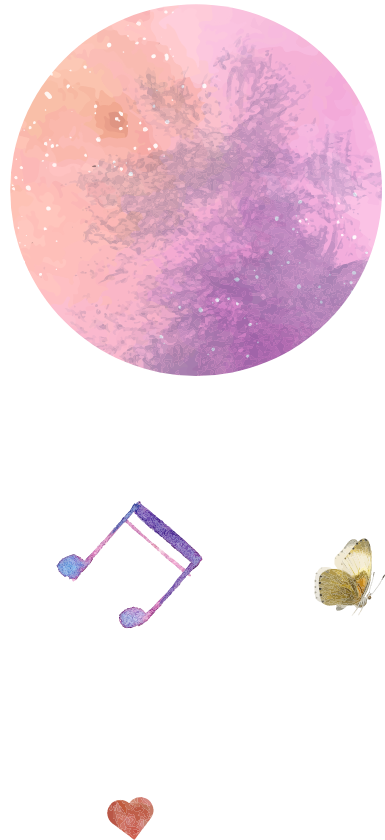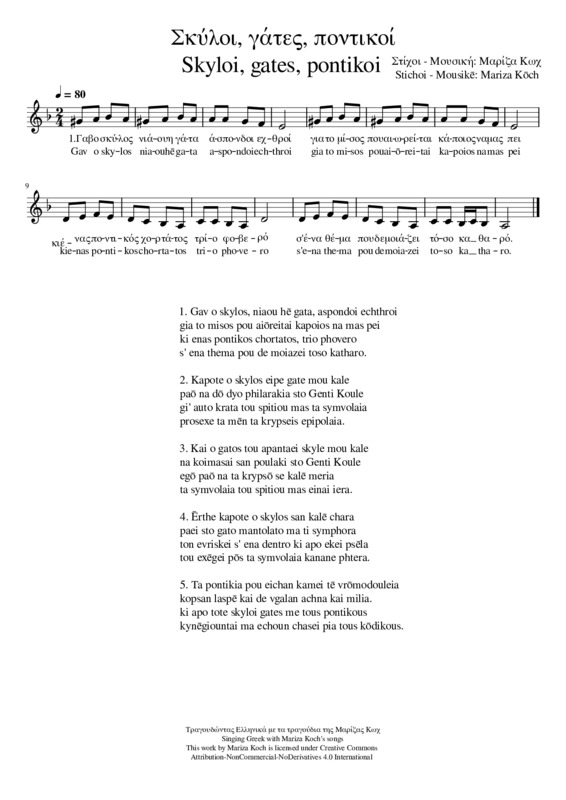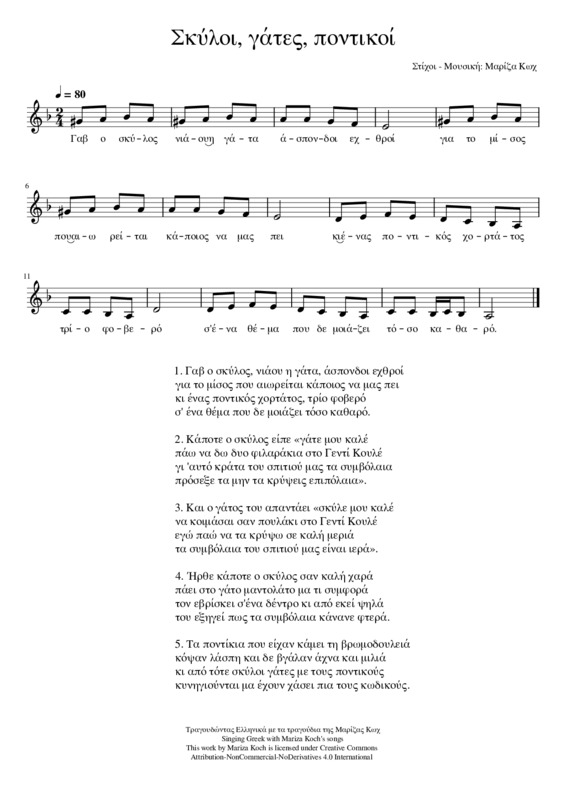
Skyloi, gates, pontikoi

Skyloi, gates, pontikoi
Pronunciation
Echomimetic words relating to the communication of animals, i.e. νιάου (niaou, meow), γαβ (gav, woof). Once they manage to find these words, the pupils are then asked to find other similar ones.
Speech Comprehension and Production
Pragmatic analysis of the text. Word analysis, such as: αιωρείται (aiōreitai, it hovers), άσπονδος (aspondos, implacable), συμβόλαια (symvolaia, contracts), επιπόλαια (epipolaia, rashly), μαντολάτο (mantolato, nougat), κωδικούς (kōdikous, codes).
Metaphorical expressions and similes: "να κοιμάσαι σαν πουλάκι" (na koimasai san poulaki, to be a light sleeper), "ήρθε...σαν καλή χαρά" (ērthe...san kalē chara, he came full of joy), "κάνανε φτερά" (kanane phtera, they vanished into thin air), "είχαν κάνει τη βρωμοδουλειά" (eichan kanei tē vrōmodouleia, they played a dirty trick) "δε βγάλαν άχνα και μιλιά" (de vgalan achna kai milia, they didn't breathe a word).
Colloquial expressions: "κόψαν λάσπη" (kopsan laspē, they took to one's heels).
Stylistic analysis of the myth: how is the story introduced and how does the myth evolve? The pupils write a story following the stylistic form of the song (present-past-past-present).
Transform the narrative poetry into a dialogue using the first and second person.
Narrate the story of Mariza Kōch which explains why dogs and cats are implacable enemies: Dogs and cats used to be good friends in the past. A dog went once to visit two friends in the Yedi Kule prison and confided the contracts of its house to his friend, the cat. The cat confirmed that it would hide the contracts in a good place so they wouldn't be lost. It finally hid them in the foundations of the house and the mice ate them without being seen. The dog returned after his visit and sought out for the cat so that it would give him back the contracts. The cat was on the top of a tree and explained that the mice ate the contracts but the cat itself didn't see anything. This is the reason why cats and dogs are implacable enemies. Since then, cats have chased mice and dogs have chased cats.
Metaphorical expressions and similes: "να κοιμάσαι σαν πουλάκι" (na koimasai san poulaki, to be a light sleeper), "ήρθε...σαν καλή χαρά" (ērthe...san kalē chara, he came full of joy), "κάνανε φτερά" (kanane phtera, they vanished into thin air), "είχαν κάνει τη βρωμοδουλειά" (eichan kanei tē vrōmodouleia, they played a dirty trick) "δε βγάλαν άχνα και μιλιά" (de vgalan achna kai milia, they didn't breathe a word).
Colloquial expressions: "κόψαν λάσπη" (kopsan laspē, they took to one's heels).
Stylistic analysis of the myth: how is the story introduced and how does the myth evolve? The pupils write a story following the stylistic form of the song (present-past-past-present).
Transform the narrative poetry into a dialogue using the first and second person.
Narrate the story of Mariza Kōch which explains why dogs and cats are implacable enemies: Dogs and cats used to be good friends in the past. A dog went once to visit two friends in the Yedi Kule prison and confided the contracts of its house to his friend, the cat. The cat confirmed that it would hide the contracts in a good place so they wouldn't be lost. It finally hid them in the foundations of the house and the mice ate them without being seen. The dog returned after his visit and sought out for the cat so that it would give him back the contracts. The cat was on the top of a tree and explained that the mice ate the contracts but the cat itself didn't see anything. This is the reason why cats and dogs are implacable enemies. Since then, cats have chased mice and dogs have chased cats.
Music Activities
Make reference to rempetiko songs: history, features, instruments, etc. Listen to rempetiko songs and perform the song in rempetiko style.
Divide the class into three groups (dogs, cats, mice). Each group chooses a percussion instrument that corresponds to its animal (i.e. hand drums, guiros, maracas) and renders a musical pattern. The groups talk to each other making a musical composition that describes the story of the song. Record the composition in a graphic sheet music.
Metrical analysis of the verses (trochaic decatrisyllable) and comparison with the iambic decapentasyllable, the most common verse of the Greek folk songs.
Divide the class into three groups (dogs, cats, mice). Each group chooses a percussion instrument that corresponds to its animal (i.e. hand drums, guiros, maracas) and renders a musical pattern. The groups talk to each other making a musical composition that describes the story of the song. Record the composition in a graphic sheet music.
Metrical analysis of the verses (trochaic decatrisyllable) and comparison with the iambic decapentasyllable, the most common verse of the Greek folk songs.
Cross-thematic Connections - Greek Culture
Interdisciplinary concept: conflict.
Rempetiko song and connection with other musical traditions of the fringe scene (blues, fado, flamenco, arabesque). Listen to songs and discuss their common or different characteristics.
Make reference to penitentiaries on occasion of Yedi Kule (the infamous prison located on the Eptapyrgio fortress in Thessaloniki, which now operates as a museum) and associate it with the rempetiko song.
Relations between animals (coexistence, predominance, demonstration of power, marking of their territory, love calls, etc.)
Rempetiko song and connection with other musical traditions of the fringe scene (blues, fado, flamenco, arabesque). Listen to songs and discuss their common or different characteristics.
Make reference to penitentiaries on occasion of Yedi Kule (the infamous prison located on the Eptapyrgio fortress in Thessaloniki, which now operates as a museum) and associate it with the rempetiko song.
Relations between animals (coexistence, predominance, demonstration of power, marking of their territory, love calls, etc.)
Age level
11-15 years old
Language level
Intermediate
City
Friendship
Animals





